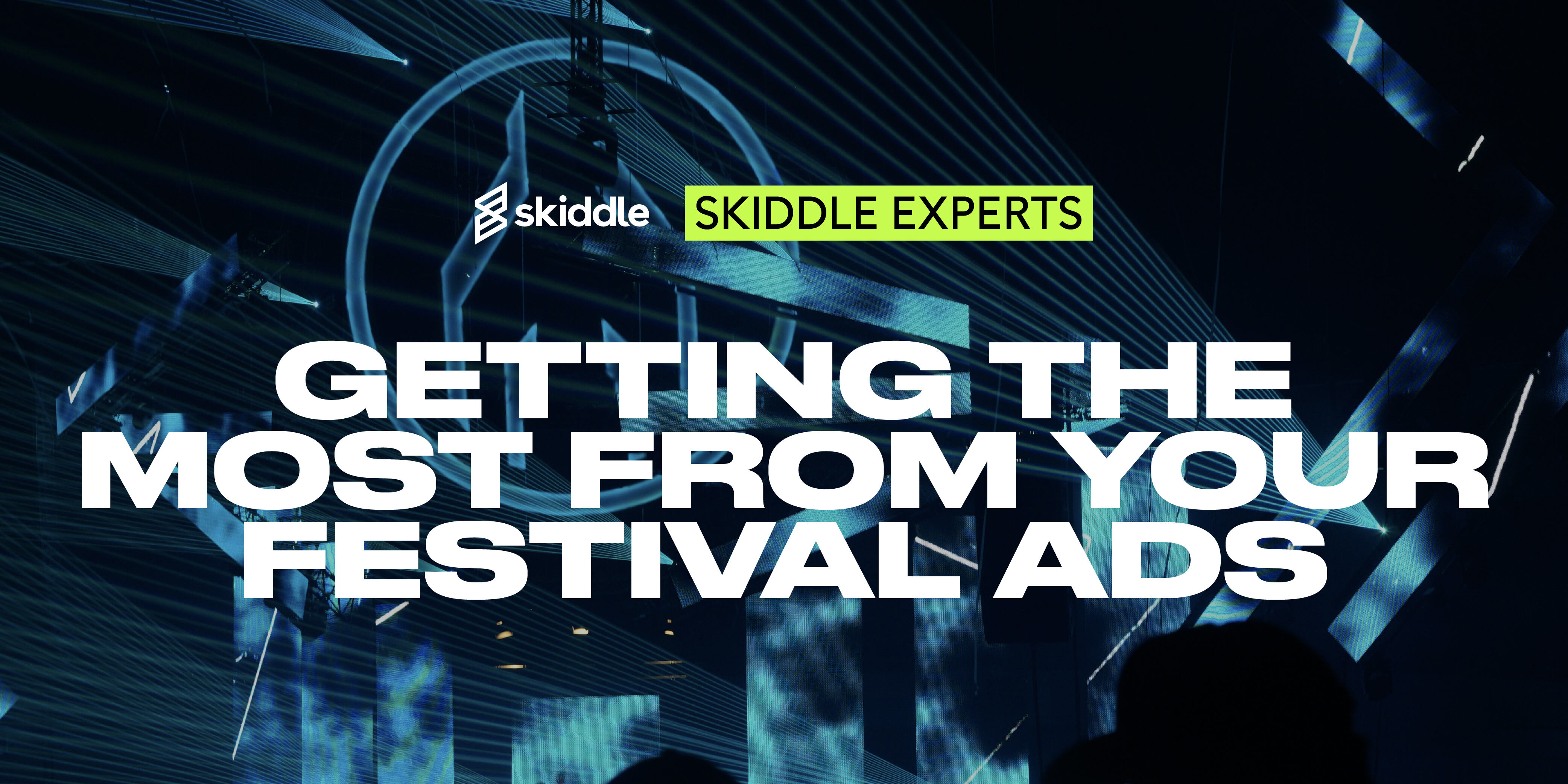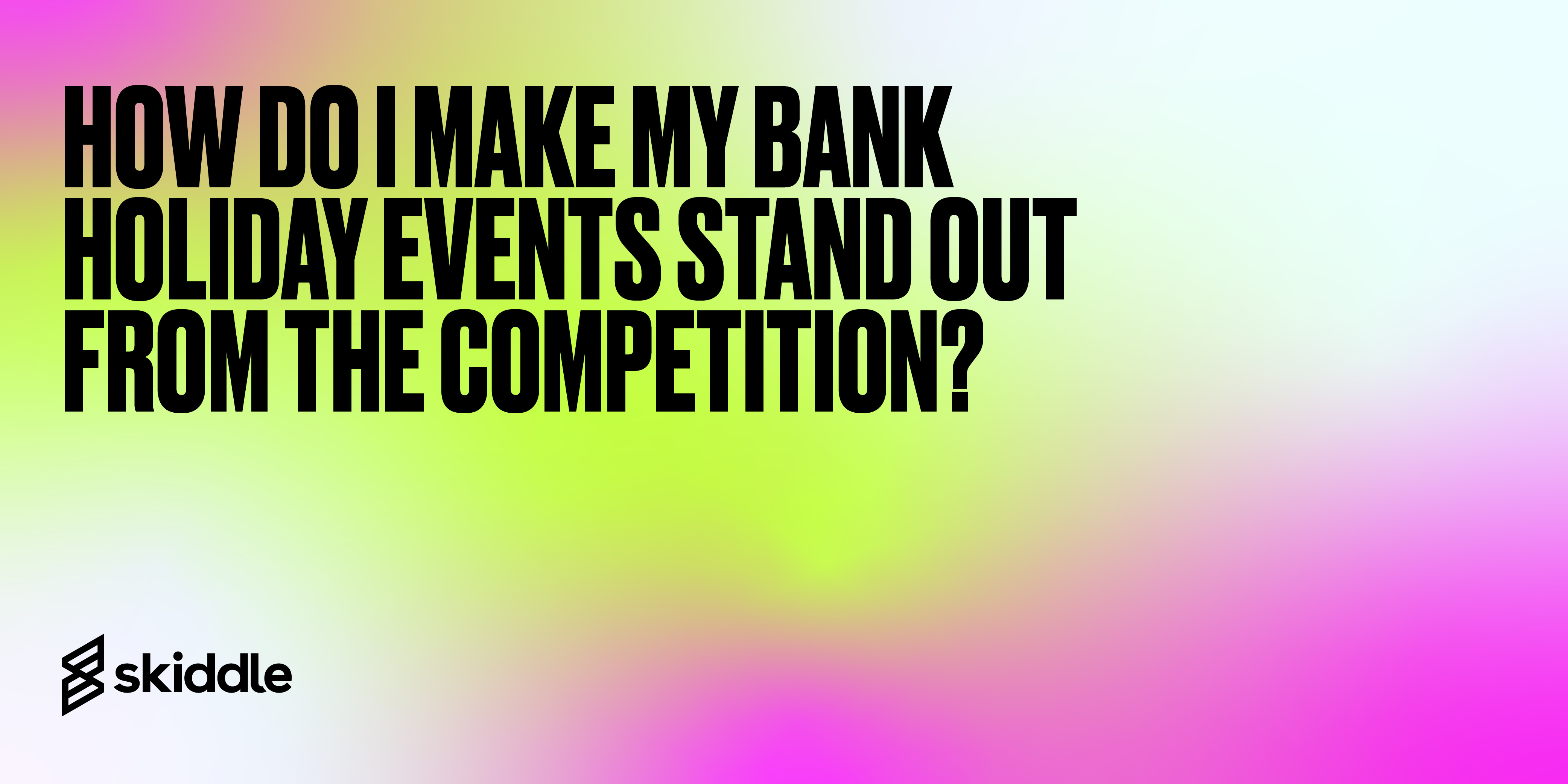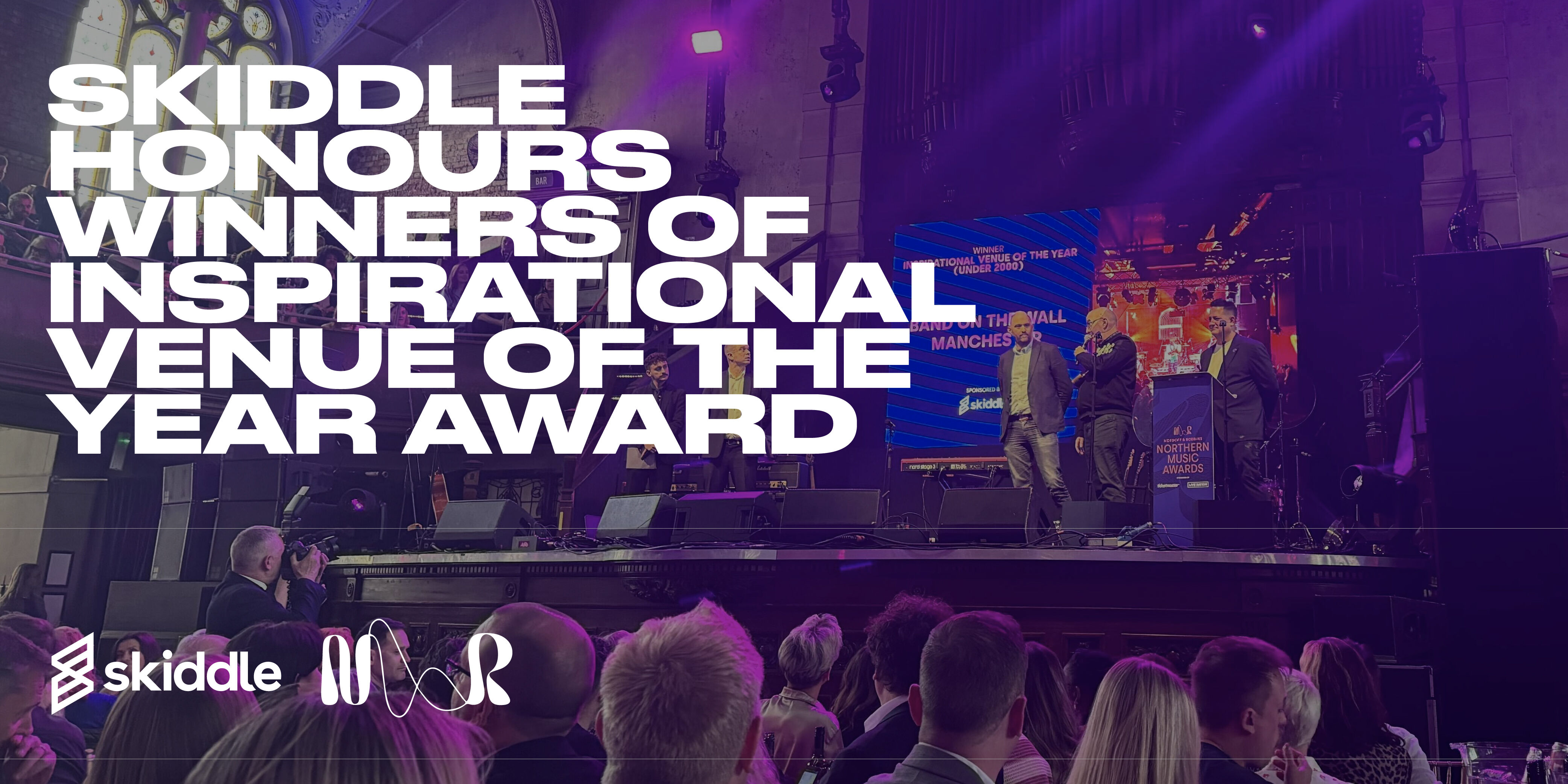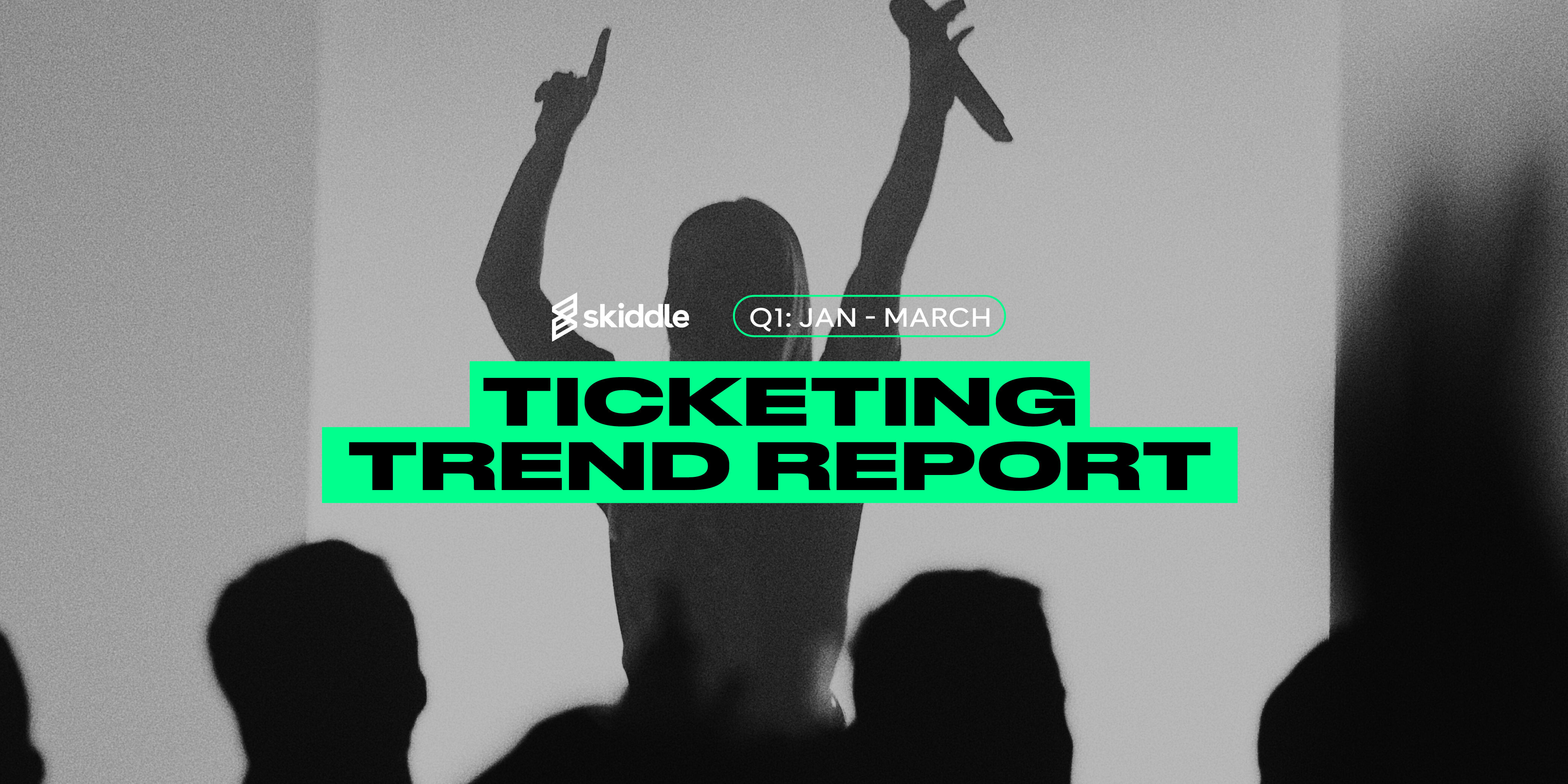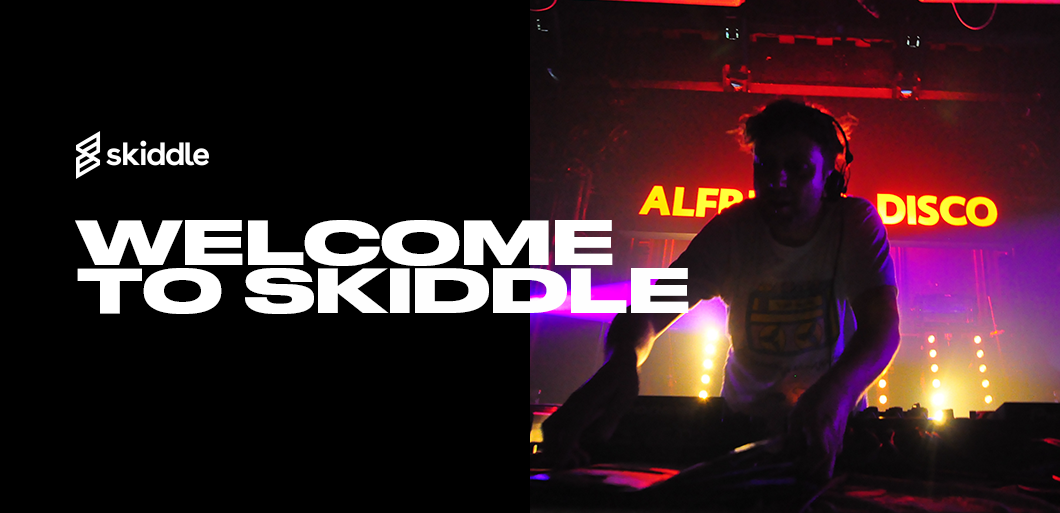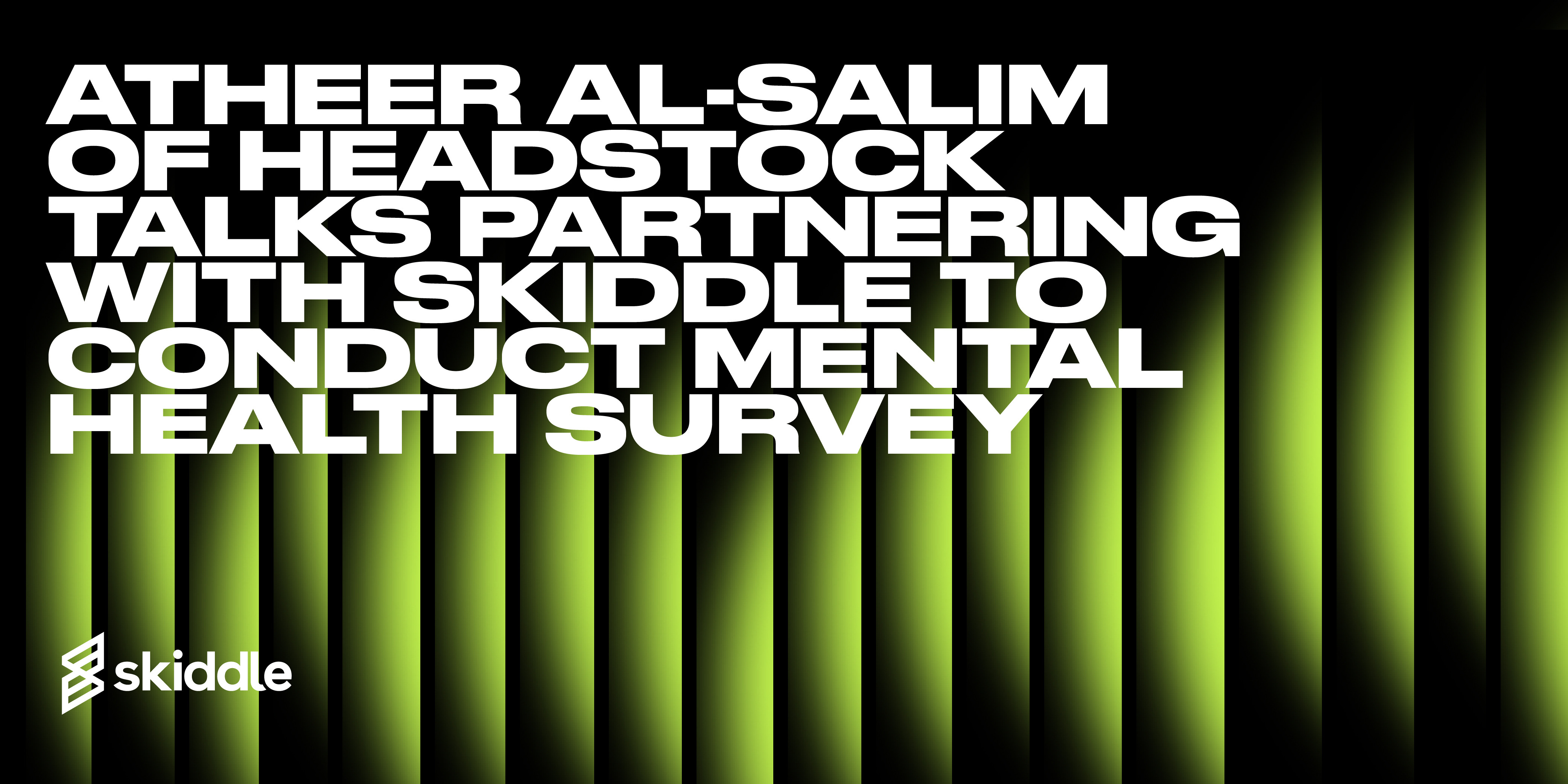- Behind the Scenes
10 tips for promoting your New Year’s Eve event
-
By Ryan Moss
- 15 Nov 2022
- 17 min read

New Year’s Eve sees thousands of people pack out venues up and down the country, searching for a night to remember. It’s a time to reflect on the year that’s about to close, think about the year ahead and enjoy the closing of the festive period. The volume of people who will potentially buy tickets makes the night an important date in the calendar of any promoter.
The prospect of selling out your New Year’s Eve event comes with competition. Most venues in your town or city will be organising something for the holiday, so it’s crucial to nail the promotion for your event. You want to stand out from the crowd, so it’s paramount to start early and utilise promotion techniques, targetting the core audience of your event and bringing new people through the door.
In this article, we’ve compiled ten tips for promoting your New Year’s Eve event.
Cover the basics
Organising the basic things before you begin to promote your event is crucial.
Listing your New Year’s Eve event as early as possible is a small detail that can go a long way. You’ll want your attendees to be able to get all the event information in one place, so make sure it’s detailed. This includes the name of the event, venue, time and age restrictions.

If you’re promoting a New Year’s Eve event with performers, clearly state the artists and music genres in the description. It will give attendees a clear idea of what the night will be about, and any undecided buyers can easily navigate to their prefered video and streaming platforms to check out the acts on your lineup.
Skiddle’s Promotion Centre allows you to list your event and more. Click here for more information.
Offer discounts
Offering a range of tickets to your customers is helpful when promoting your New Year’s Eve event. Consider creating a tiered ticket system, where you begin selling super early bird and early bird tickets at the beginning of the sales cycle. These tickets will cost less and have a limited allocation, and you can use this in your marketing to generate excitement and drive sales.
Everyone loves a good deal. If customers can see that they can attend an event for less than the usual price, it can give them the incentive to buy early. If you announce your event with a super early bird ticket, ensure that your marketing copy for the announcement includes a high-quality call to action statement, emphasising the limited offer and the price point.
Hopefully, these tickets will quickly sell out as intended. Then, you can place your early bird tickets on sale. Ideally, you’ll have generated some excitement with the first set of tickets, so inform the customers who missed out on those that the early bird is the last chance to get discounted tickets. This plays on scarcity and FOMO, two things that entice people to buy.
Click here to find out how to add discounted tickets and ensure each ticket goes on sale when the other has sold out in Skiddle’s Promotion Centre.
Analyse your data
If you run an event, you’ll likely be checking the data from each night regularly, and you’ll be able to gauge the event’s popularity by how many people are in the building and words from attendees. However, analysing data can give you a more granular view of how your event is performing, helping you hone in on ticket sales and entry data, providing an in-depth view of trends and buying habits.
If you’ve listed events with Skiddle, you’ll be able to view ticket sale data and entry stats via RapidScan through the Promotion Centre. However, most event management software will give you access to this data. Seeing ticket sale data for previous events can help you spot buying trends and when the sales rise and fall.

It’s helpful to imagine the ticket sale period as a graph. There’s a spike when the event is announced and in the days leading up to it. When looking through your own data, you may find differing trends, and you can use various techniques to create a steady stream of ticket sales instead of gaps.
There are a range of tools available online to help you analyse social media statistics. Each platform has a dedicated analytics tab, but you can use things like Google Analytics to see which posts are generating the most interest. From here, look at whether your ads are targeting the right audience, whether your website visitors are converting into sales and whether your website is fully optimised for SEO.
Using the data you have compiled, decide if you need to improve or refine your approach.
Refine and improve your approach
Look at what you can change or refine based on the data you’ve gathered from previous New Year’s Eve events, social campaigns and entry stats. Perhaps you’ve noticed a drop in ticket sales over a certain period, so consider improving your marketing efforts.
If Instagram is your highest-performing social media platform, look for ways to double down on the content you’re posting. That might mean a higher volume of posts or a better-focused posting schedule. Equally, you might find that your content has room for improvement.
If you don’t have a member of your team who specialises in content creation, you could hire a third party to handle this for you providing you have space for it in your budget. They can set targets with you, assist you in formulating a plan and create things that will hopefully engage your audience and promote your event.
You could also introduce a technique you have yet to use. Take email marketing, for instance. High-quality emails can receive open rates as high as 30% and click-through rates of 3%. It’s at a low cost, and if you have the data, you can use it to inform potential attendees and generate leads, promotions and discounts.
Less is more
If you’re a new promoter, it’s worth focusing on a few techniques to promote your event. It’s helpful to think about the event’s target audience and their age range and considering the age demographics of each platform. After you’ve done your research, you can decide which techniques to use to promote your event.
You want to focus on the platforms you can do really well on. With this approach, you’ll be able to analyse the data better, as it’ll be concentrated across a few platforms.
Run Facebook ads
Running Facebook ads can help attract customers to your New Year’s Eve event. The platform has an audience of 44.84 million people in the UK, letting you target social media users whose interests align with the theme or genre of your event. The ads appear on the main feed, messenger, and non-Facebook apps and websites. With Facebook ads, you can describe the details of your event in your brand’s tone of voice.
Facebook ads are ideal. They make use of the vast amount of data that the platform keeps on its users, and you can use things like age, gender, location and more when advertising on Facebook.

The algorithm used by Facebook focuses on engaging the platform’s users. So, when setting up your ads, make sure to use them to inspire conversation among your followers and future customers. This will help you gain visibility among the right people.
When setting up your ad, it’s important to select the correct marketing objective or campaign goal. The options include brand awareness, app installs, gathering lead information and more. The objective you choose has an effect on the cost of your ad, so pick the correct one to maximise your return on investment.
You can then create custom audiences with the data from the Facebook Pixel. You can use customer lists, website or app traffic and custom audiences of people who already know your business. Then, you can create lookalike audiences. These are lists of people to target who are similar to the audience already engaging with your brand.
Leverage different networks
Leveraging different networks can help you promote your New Year’s Eve event. Press outlets and Instagram pages have their own audience. If you target the right platforms, there will likely be a crossover between their audience and yours.
If you’re organising a music event, consider contacting a magazine that specialises in the genre of your event. Send them a press release with the details of your event. This includes name, venue, date, time, lineup information, and a note on why you’d think their readership would be interested.
Take some time to research Instagram accounts dedicated to events and culture in your city. You could enquire about video content partnerships, written articles or a news article. If they feature ‘Best Of’ lists, recommend your event to be placed in any articles that they write.
Leveraging the networks of other people can help, too. Skiddle’s rep feature allows you to recruit ticket sellers in exchange for commission or ‘money can’t buy’ rewards.
Consider organising pop-up ticket sale events with your reps. Have your reps on the street, encouraging people to take and upload photos with them. The best picture could win free tickets. Click here for more information on reps.
Run competitions
Contest marketing can help drive engagement to your New Year’s Eve event. For example, you may run a contest on Instagram. Post an image detailing what entrants can do to be in with a chance of winning, ensuring that the picture features a striking graphic.
The image could feature an announcement of the competition, directing people to the description below. From here, give clear instructions on what to do next. It could involve instructing people to follow your page and to share the post on their stories. This way, you can target people who don’t already follow your brand. If there is a crossover between what they like and your audience, it might pop up on their explore page. Your brand will receive an uptake in followers with each new entry.
When they share the post to their story, the feedback loop continues. Anyone from their following seeing the post can enter, meaning you’ve gained extra followers and potential attendees to your event.

You could also run a poll. This is a chance to ask light-hearted questions and make the experience fun for your followers. If you run a music event, you could ask a piece of trivia related to a performer on your lineup. Again, make a post and instruct people to follow. But this time, direct your entrants to your Instagram story so they can vote.
A ticket giveaway is the best option here. You can build brand awareness, give people a good deal and add an interactive element to your event. Any unsuccessful entrants may be interested in your event, and they could end up buying tickets. Remember to follow the contest guidelines of the platform you choose.
Video content
Video content is a massive part of people’s day-to-day lives. TikTok is one of the most popular social media platforms out there, with over 8.9 million active users in the U.K as of January 2022. According to Statista, YouTube’s user base in the U.K amounts to approximately 42.86 million people. These platforms can be used to promote your event and communicate with the audience you want to reach.
We spoke earlier about leveraging other networks, and you can do that with TikTok. Try and seek out popular personalities or influencers to partner with and market your event. They don’t need to have millions of followers; they need to have something in common with the types of people that come to your event. That could be music taste or location. If you’re in a major city, chances are you’ll be able to find an influencer in the area. You could offer them free tickets in exchange for a post that promotes the event.

If you’ve got a sizeable following on TikTok, ensure to post regular content to keep your audience engaged. This is a great way to show off your personality, get involved with different trends, or use popular video templates as a way to promote your event. You could post bitesize interviews with the acts performing at your event. Think guilty music pleasures, the first record they bought, or the rarest record in their collection.
Content from TikTok is easily shareable across YouTube and Instagram. You can repurpose the content as an Instagram video or reel and make use of the Shorts feature on Youtube. Click here for more information on how to promote your event on TikTok.
Utilise QR Codes
Figures show that in the UK and Europe, 86.66% of smartphone users have scanned a QR Code at least once in their lifetime. With 36.40% of smartphone users scanning at least one a week, QR Codes can be another helpful tool when promoting your New Year’s Eve event.
You can use QR Codes in online and offline marketing when promoting your New Year’s Eve event. If you’re handing flyers out on the street, you can make the code part of the poster. Ensure that it lets people buy tickets directly from your website.
A code on a billboard is a way to incorporate QR Codes into your marketing campaign. Make sure the design on the billboard is vibrant and eye-catching, as that will be the lead-in to making the customer come over and scan.
We mentioned email marketing earlier in the piece. When sending promotional emails to your mailing list, you can embed a QR code into the graphic you send. When the customer scans the code, ensure they are sent to a link that lets them buy tickets. This eliminates the need for the customer to open multiple links, allowing to access your event in a few steps.
Got a question you need an answer to? Give us a call on 03333010301 or ask us a question over on the Skiddle Promoter Twitter account by clicking or tapping on the button below. Alternatively, you can also find a list of our most frequently asked questions over at https://help.promotioncentre.co.uk/







